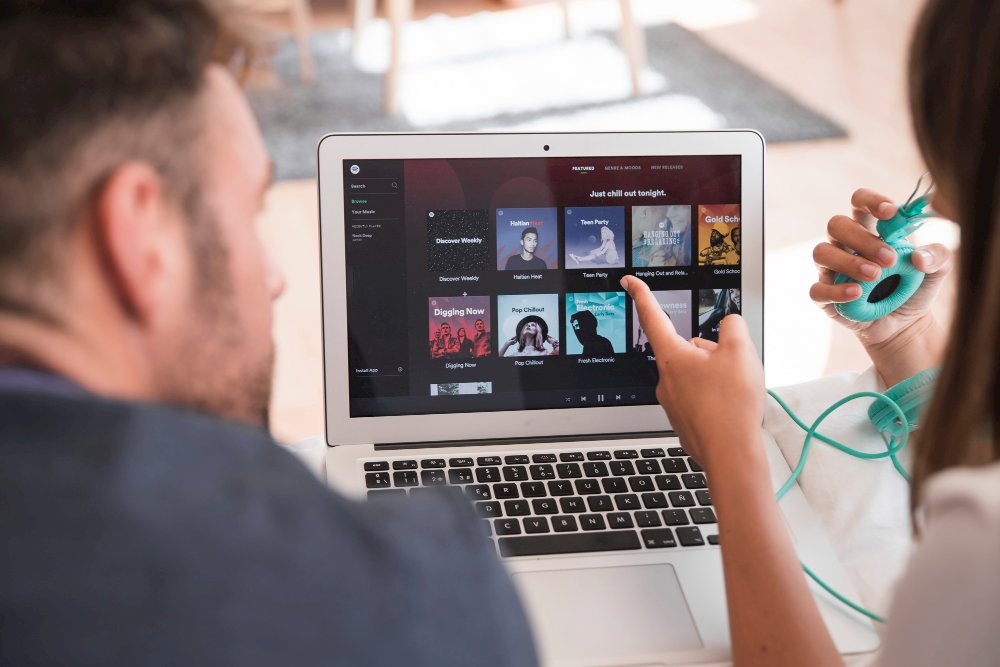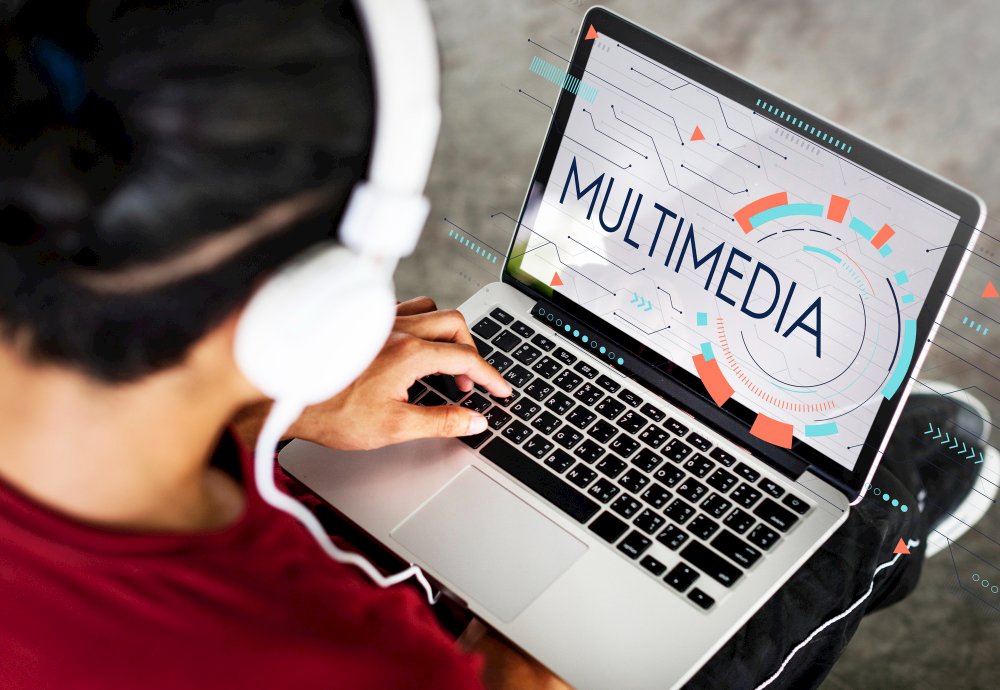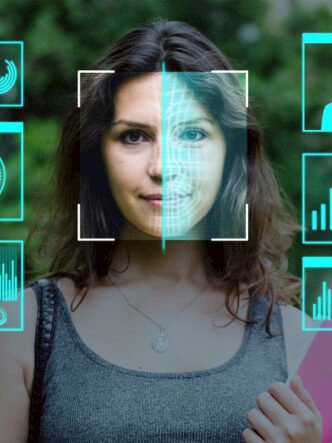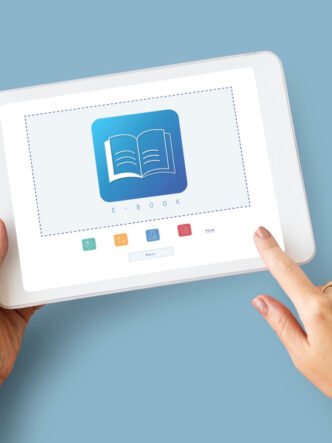Video-based education is effective for many reasons. It can support memory retention, cognitive load reduction, and engagement for different learning styles. L&D professionals, corporate educators and e-learning content developers are using both synchronous and asynchronous videos as a viable alternative for face-to-face learning. A deeper understanding of the science of video learning can empower both educators and learners.

The cognitive science behind video learning
Video-based instruction is more engaging and relatable for learners. This is supported by cognitive science.
Dual Coding Theory
Allan Paivio’s dual coding theory is a cognitive learning theory. It suggests that learners process incoming verbal and visual information through two separate but interconnected channels. When information is both visual and verbal, they learn better than when just using one channel or another. They are more likely to remember and understand information because the two channels reinforce one another.
Cognitive Load Theory:
Cognitive load refers to the amount of information the working memory can process at the same time. As working memory has a limited capacity, overloading it can hinder learning. When watching videos learners have more control over the process of learning. They are able to monitor their cognitive load.
This means they can pause a video, rewind to watch difficult sections or fast-forward through easy or irrelevant ones. This means that it can regulate the intrinsic load of the task. This is the load on their working memory that is inherent to the task.
Mirror neurons and emotional engagement through video
Mirror neurons in the brain fire when someone performs an action. They explain why learners will often copy what they see. When an educator models a problem-solving activity, the brain can ‘mirror’ the actions, as if learners were doing them themselves. When educators can show rather than tell in videos, learners absorb knowledge at a deeper level.
Learners need to actively engage with information. This involves determining its relevance, organizing it, and integrating it. It isn’t only the medium of video that promotes learning but the quality with which learners engage.
Using video-based instruction is supported by the use of private video hosting platforms. They simplify the process of creating, storing, and distributing educational videos.
Benefits for Different Learning Styles
The right kinds of mental processing are critical during learning.
Visual, auditory, and kinaesthetic learners
Visual learners absorb information by sight. They prefer to see videos, images, diagrams and charts. Auditory learners absorb information by sound. This may be in the form of podcasts, discussions, or lectures. Kinaesthetic learners prefer to learn through doing, such as taking part in hands-on activities, and experiments.
Videos are able to communicate concepts and ideas by using moving images, sound, and text. Visual learners will respond to most animations and images. Auditory learners will respond to the audio narration in videos and video messaging. Kinesthetic learners can enjoy the demonstration of activities.
While visual stimuli can immediately draw learners in, accompanying audio can deepen their engagement. Visual learning appeals to one sense but multisensory learning leads to more cognitive engagement.
Adaptive potential of video for personalized learning
Adaptive learning is learning that responds to the needs and preferences of the individual. It replaces one-size-fits-all traditional approaches to learning. Advanced technology and data analytics facilitate this personalized approach.
They make it possible to adjust the content and pace of learning depending on performance. Learners can receive video learning that aligns with their strengths and weaknesses. This makes learning more meaningful and improves their motivation.

Engagement and retention: What the data shows
Video content significantly boosts learner engagement and retention. Online learners learn from both synchronous and asynchronous videos. Video-on-demand (VOD), live streaming, and webinars are all popular forms of content.
By looking at data such as completion rates and engagement patterns educators can assess the engagement of learners. Viewers retain 95% of a message when watching videos compared to only 10% when reading text.
Statistics on completion rates, attention span, and outcomes
The average human attention span according to Microsoft research is 8.25 seconds. This is why short-form videos, especially those under two minutes, are particularly effective. Short-form videos, especially those under two minutes, are particularly effective. The use of short videos can improve engagement by 24.7%.
Video completion rate is the percentage of viewers who watch a video from beginning to end. A higher VCR indicates that viewers find a video engaging. What causes learners to drop off videos prematurely? They may find the video content boring or stop watching due to poor quality.
Interactive video’s impact on memory and learning success
Some recent reports offer interesting statistics about interactive videos that support video engagement psychology.
- 43% of people prefer interactive videos. They offer a level of engagement that static videos can’t match.
- Viewers spend three times longer on pages with interactive videos. The interactive elements encourage viewers to take action, such as exploring more video content or completing a quiz.
- Interactive videos have a completion rate of 90% compared to 58% for non-interactive video formats.
- Quizzes and polls in interactive videos have over 50% completion rates.
- Hotspots in videos can increase viewer interaction by 25%.
- Allowing viewers to choose their paths can increase viewer retention by 30%.
By analyzing the interactions of learners with video content, you can gain valuable insights into their behaviors. These insights can help you to personalize your video content to meet their specific learning needs.
On the Cincopa video hosting platform, you can leverage the science of video learning with interactive features, personalized learning paths, and in-depth analytics.
Applying science to practice: Creating smarter video content
Knowing the science can explain why some videos are easier to learn from than others. It can also suggest evidence-based tactics to make videos better. This includes using best practices.
Best practices for pacing, visuals, and clarity
- Using conversational language and an appealing human voice can help to deepen understanding.
- Every visual should be relevant and serve a purpose or it can be a distraction.
- Including any unnecessary content in videos can compete with critical information. If information isn’t necessary for the specific learning objective, including it can cause confusion and cognitive overload. Videos that help learners process complex skills need careful designing so as not to overload mental processing.
- Segmenting videos into smaller units and using a video player that lets learners stop, start, and replay means they can understand each unit before moving on.
- Keywords on the screen can highlight important elements. Changes in color and contrast can emphasize relationships within information.
- Animations can simplify complex concepts and annotations can give context to a video.
- Video chaptering can segment a video into chapters. Learners can access the chapters they need without having to go through the whole video.
All these practices help to reduce the cognitive load on learners and increase their engagement.
Using storytelling and interactivity for deeper learning
Storytelling is at the heart of compelling video content. A well-told story evokes emotions and creates connections. Viewers should be able to see themselves in a story. You need to introduce a challenge or problem that needs solving and show how to resolve it. When learners can interact with the story and make choices, they engage in active learning which is more effective.
Conclusion
Video learning helps to reduce cognitive load by giving learners more control over learning. It offers more memory retention than using text alone. It also offers engagement for learners with different learning styles.
Video statistics offer data-based insights to personalize learning to suit the needs and preferences of individual learners. When designing video content, applying learning theory is essential. The Cincopa video hosting platform supports effective video-based education. Go to the home page and sign up for a free trial.









